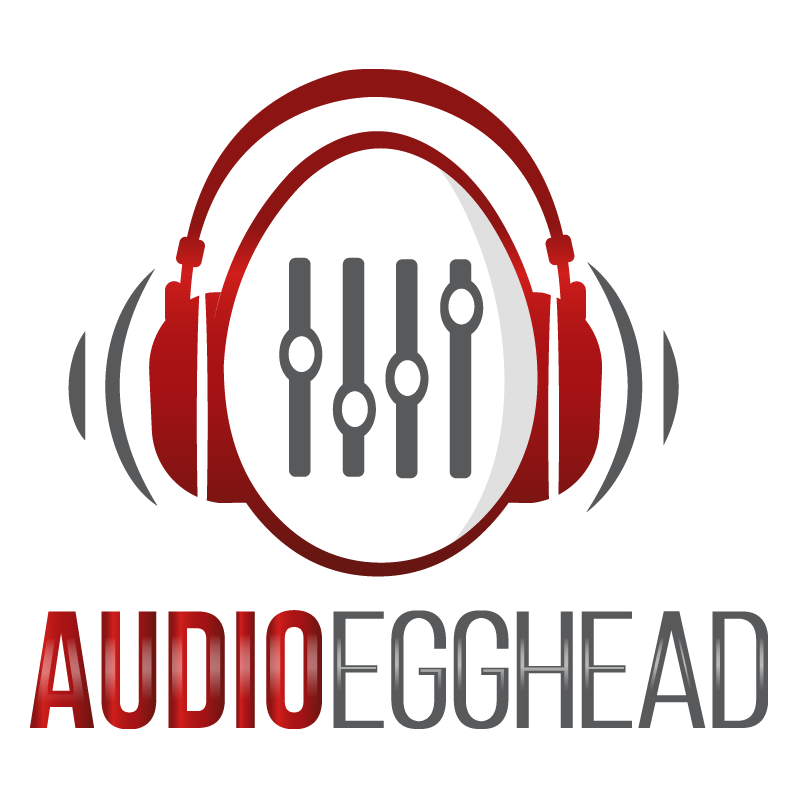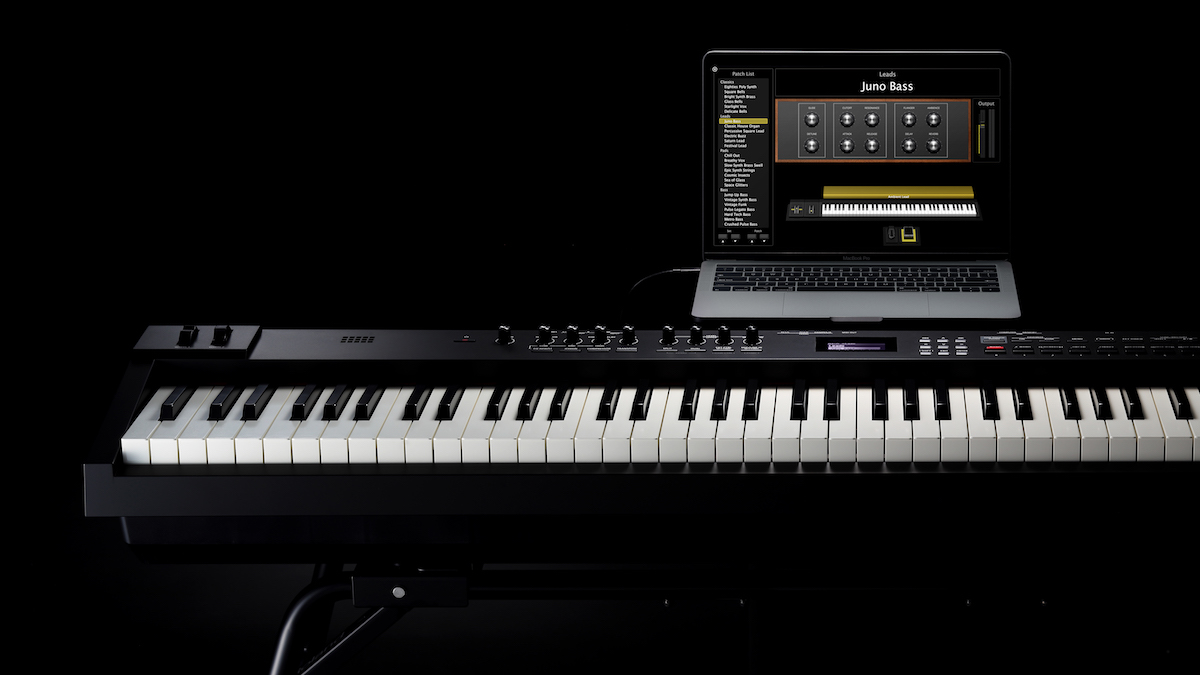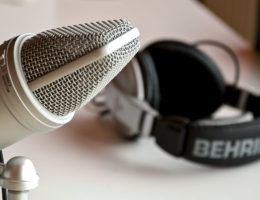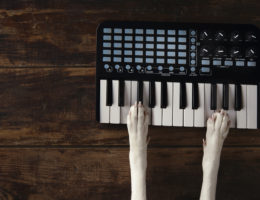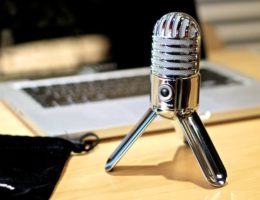If you want to learn how to play the piano, it’s advisable to start with a less expensive instrument. However, the number of piano types and models is overwhelming. At the end of the day, most people pick either a digital piano or a keyboard. However, distinguishing the differences between a digital piano versus keyboard often feels overwhelming, too. We’re here to make it easy for you.
At a Glance: Digital Piano Versus Keyboard
Digital Piano

Neither a digital Piano nor a keyboard is the same as a traditional piano. A digital piano is an instrument designed to replicate an acoustic piano digitally and achieves a true piano sound.
These digital pianos come with a complete set of 88 fully weighted keys to get a feel of that same hammer action.
The great thing about this is it feels and sounds like you’re playing an actual acoustic piano. If you want the feel and look of an acoustic piano, we recommend a digital upright piano. If you’re looking to save the most amount of money, we recommend a cabinet digital piano.
In short, a digital piano is generally an affordable alternative to buying a real piano, which is much more expensive and require regular maintenance. You might buy a digital piano if you are learning how to play, or if you are a pianist on a budget.
Keyboard
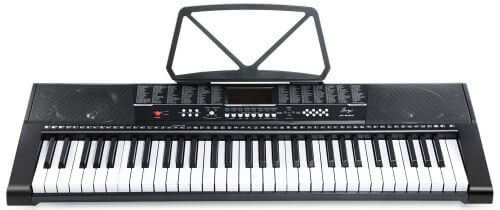
Keyboards are designed to cater mostly to traveling musicians and producers. One of the biggest differences when comparing a digital piano versus keyboard is portability. Portable keyboards are lightweight, and they usually come with a lower number of keys—only 61 or 76, in most cases, but sometimes even fewer.
Keyboards may not offer as realistic touch sensitivity, but they are usually packed with many more features than a digital keyboard.
Keyboards are much more ideal for anyone who requires travel for music production and live performance. Another advantage to the keyboard is that you get more than just a traditional piano sound that the acoustic instrument provides—one keyboard can have thousands of sounds, including different instruments, such as horns, strings, guitars, synths, and more.
Many electric keyboard instruments are advantageous for producing music because they usually have MIDI capabilities and double as MIDI controllers and synthesizers to achieve many different sounds and capabilities.
A Detailed Comparison
Now that you have a general understanding of a digital piano versus keyboard let’s take a closer look at the differences between the two.
Price
If you want the authentic feel of an acoustic piano for an affordable price, a digital piano wins in the digital piano versus keyboard debate. We recommend digital pianos to anyone who is looking to learn how to play the piano, as they provide the most realistic experience. Check out our buying guide for the Best Digital Piano Under 1000 Dollars.
However, keyboards are usually much less expensive than both real pianos and digital pianos. We recommend keyboards for anyone who is on a budget or plans to record/create music at any point. If you’re looking for a smaller, portable keyboard for music production, check out our buying guide for the Best 25 Key MIDI Controller.
Space and Portability
If you’re used to a portable musical instrument, like a guitar or fiddle, a keyboard may be right for you. Essentially, you can take your music with you wherever you go. However, if you live in a large condo or house, and you have a room that needs filling, a digital piano might be a better fit.
Most keyboards are extremely durable and will last for years if you take care of them—even if you load it and unload it regularly. But if you don’t plan on playing in public regularly, nothing compares to the weight and authentic feel of a digital piano for your piano playing needs.
Pedals
Digital pianos are best for people who are looking for the most authentic piano-playing experience. Along with weighted keys, most digital pianos come with a three-pedal system, just like a real piano.
That said, you can usually find a three-pedal unit to connect to a MIDI keyboard as well.
Sound Quality and Feel
Digital Piano
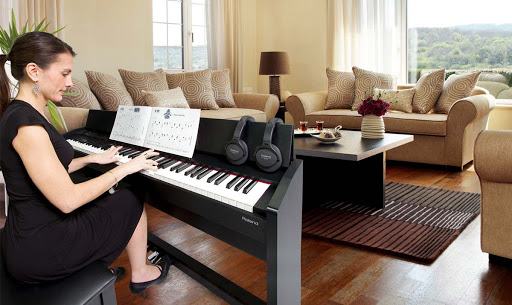
Digital pianos don’t just have the weighted feel of an acoustic piano—most keyboards have semi-weighted keys at best.
Digital keyboards also produce the same sound as an acoustic piano. This impressive sound quality comes from taking the highest quality sound samples from an acoustic piano and recording them flawlessly. The replication isn’t perfect, but the higher-end the digital piano is, the closer you will get to perfection.
You can also create additional sounds from other musical instruments, as many digital keyboards do come with a few sounds to choose from. Many also come with reverbs that match different settings (cathedral, hall, etc.).
Keyboards
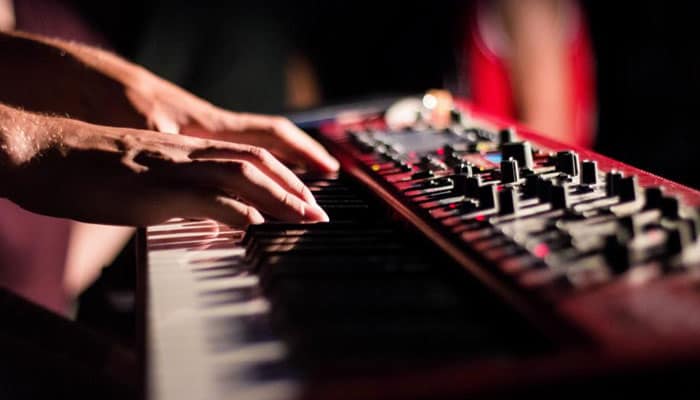
Keyboards are great for musicians, producers, and beginners to learn and practice on. They also come with really cool features that can be used for making incredible music.
The sound quality really depends on the keyboard. Keyboards with a quality sound bank can sound great. Not to mention, if it’s a MIDI keyboard, you can connect it to your computer. And there are a vast number of plugins that replicate piano sound flawlessly—among thousands of other instruments and sounds.
In short, keyboards are by far the most versatile. But you may not get the full experience of playing a real piano as you can with a digital piano.
It’s also worth noting, if your digital keyboard has a MIDI (or USB) output, you can also connect it to your computer for the same benefits.
Which Is Right for Me?
When it comes to digital pianos versus keyboards, they’re both great musical instruments. Which one is right for you isn’t related to which is inherently better. It’s all a matter of personal preference.
The Keyboard
If you are on a shoestring budget, the cheapest option is a keyboard.
If you plan to use it to make music or connect it to a computer, a MIDI keyboard is the way to go.
If you live in a small apartment or want to travel with your music, again, a keyboard is the better option.
If you’ve never touched a musical instrument before or you want to teach your kids how to play the piano, we recommend a keyboard.
The Digital Piano
If you’ve played an acoustic piano before, or you want to know how to play a real piano, you’ll probably want a digital piano.
These pianos are far more likely to come with a full 88 keys rather than 61 or 76. Moreover, they are weighted, so they feel like you’re playing an acoustic piano. This is in stark contrast with the soft keys you’d get with a keyboard.
Finally, digital pianos can come with a stand for sheet music, authentic sound, and a three-pedal system, which allows you to be more expressive during your performances.
Types of Digital Pianos
If you’re looking to be able to sit down and play a classical piece on an acoustic piano, you’ll want to practice a digital piano. The weighted keys, pedal, and the number of keys all play a large part in learning to play a real piano.
Upright Digital Pianos
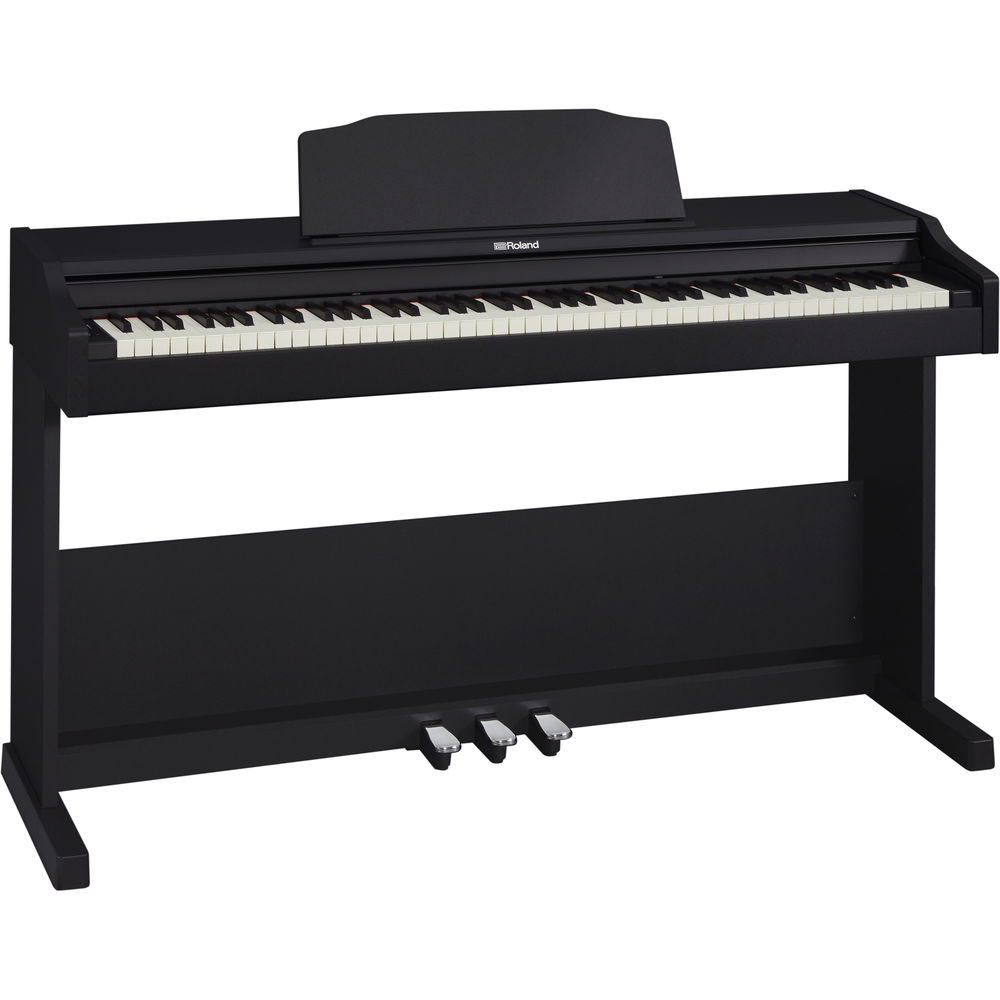
An upright digital piano greatly resembles an upright acoustic piano.
It’s aesthetically pleasing—like a nice piece of furniture—and looks like an upright acoustic piano. Just keep in mind that you’ll need at least 4.5 feet, maybe more depending on the keyboard you choose.
These digital pianos are meant to project sound similar to a real acoustic piano.
Stage Digital Pianos
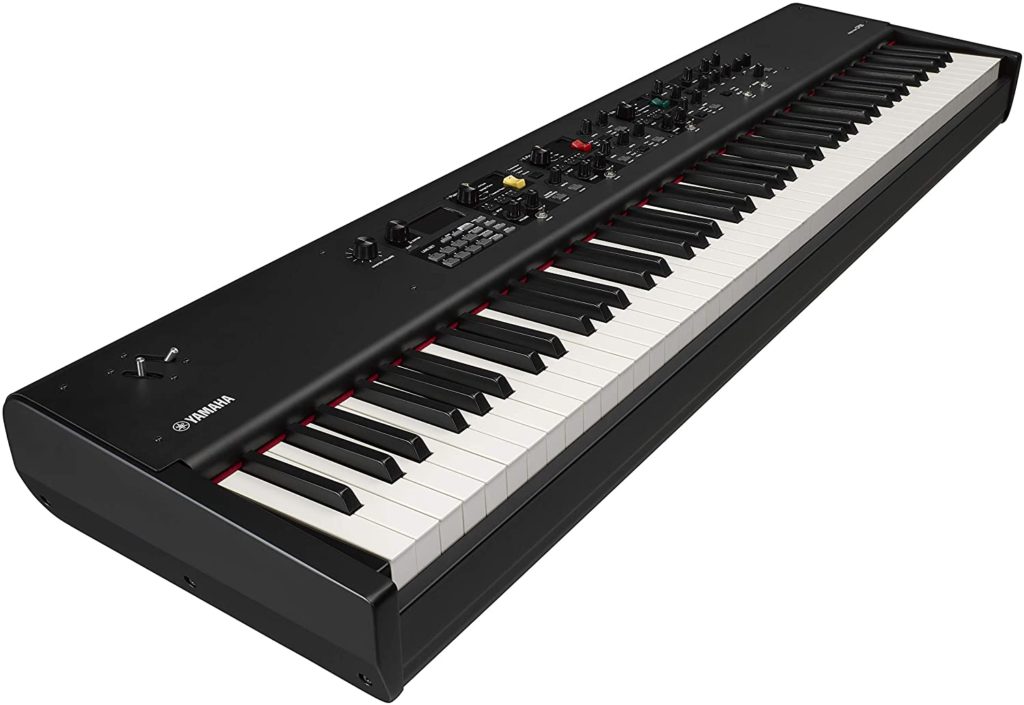 A stage digital piano is similar to a keyboard and often called a “portable piano.” It’s designed to be taken on stage for performances and looks more like a moderately sized synthesizer rather than a digital piano designed for home use—weighted keys still intact.
A stage digital piano is similar to a keyboard and often called a “portable piano.” It’s designed to be taken on stage for performances and looks more like a moderately sized synthesizer rather than a digital piano designed for home use—weighted keys still intact.
What really sets these pianos apart is its lack of internal amplification or loudspeakers.
You’ll need a PA system or keyboard amplifier to amplify sound through this type of piano.
Unlike an upright digital piano, the stand and sustain pedals are portable rather than fixed.
The body is fairly robust and can withstand the stress of regular touring. Stage digital pianos can sound like several instruments, including a Hammond organ, acoustic piano, and electric piano—depending on the keyboard, of course.
Digital Grand Pianos
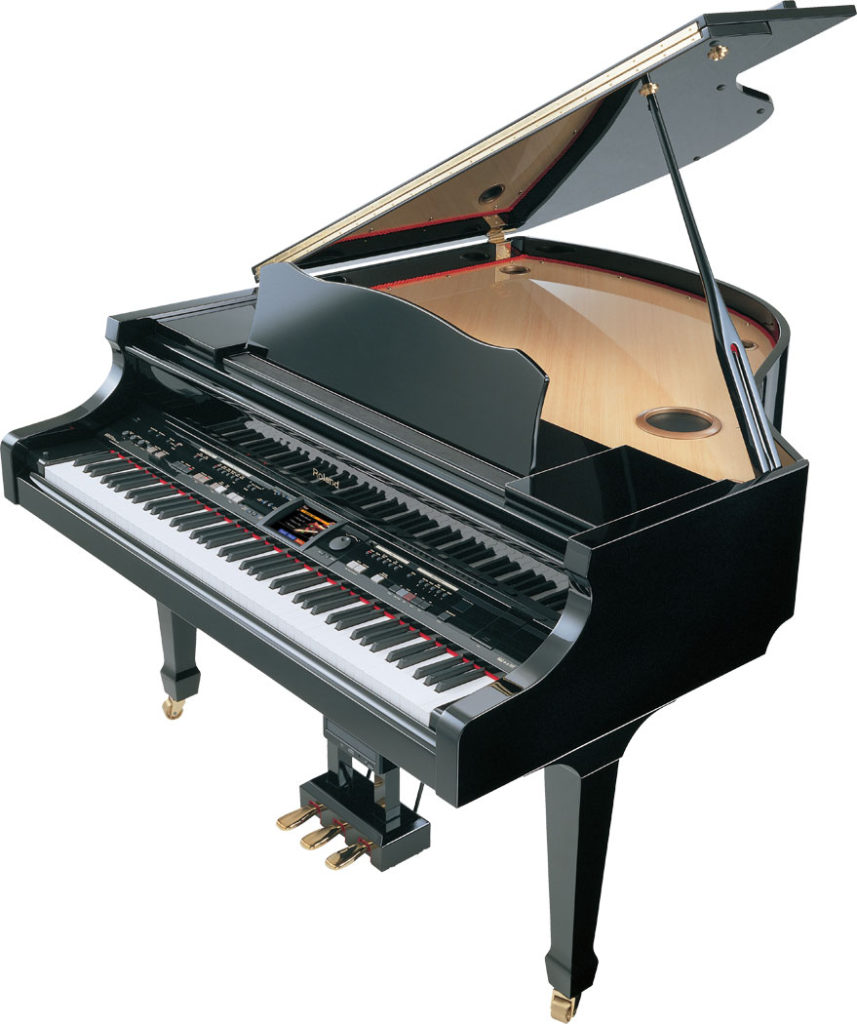 There is nothing like walking into a room with a classic grand piano. If you ever had the pleasure of being taught how to play in a musician’s home, you may have even seen two grand or baby grand pianos in the same room. If you’ve ever had the pleasure of playing a grand piano, it’s probably a dream of yours to own one at some point.
There is nothing like walking into a room with a classic grand piano. If you ever had the pleasure of being taught how to play in a musician’s home, you may have even seen two grand or baby grand pianos in the same room. If you’ve ever had the pleasure of playing a grand piano, it’s probably a dream of yours to own one at some point.
A digital grand piano invokes nearly the same feeling as entering a room with a classic grand piano. The feel of a digital grand piano is almost identical to the feel and weight of a classic grand piano. This type of piano is ideal for someone who lives in a house. It’s an extra plus if there is a designated piano room.
High-end manufacturers like Roland offer the same silhouettes and sounds as a true grand piano. However, you will never need to tune a digital grand piano, and it is easier to move.
One of the great features of a digital grand piano is the ability to control the volume from soft background music to volumes you would expect at a concert.
In some models, you can also find virtual surround sound and digital “player-piano” abilities. In other words, the piano plays itself, complete with moving keys. This can be helpful for learning, but it can also be a great way to keep elegant piano music playing in the background.
Features to Look for in Digital Pianos or Keyboards
MIDI (Sometimes in the form of USB)
MIDI, or musical instrument digital interface, is a communication protocol that is found in nearly every digital piano. This technology allows you to your computer or sound module (or both), allowing you to access any sound found on any instrument—providing you with an incredibly large soundbank.
MIDI is essential for producing and recording music as well.
Built-In Soundbank
All digital pianos will have sounds built-in.
Not all keyboards will. When you’re shopping for a keyboard, be sure to check and see if it has a soundbank of its own, or if it’s strictly a MIDI controller.
Dual Layer
Dual layer allows you to play two or more voices at the same time. Some stage pianos feature zone panels that let you edit voices manually, so you don’t need to go into the keyboard settings.
Dual layer is an important feature to look for if you want to record music. If you want to join a band, but haven’t been invited to join one yet, you can play guitar harmonies with your left hand and piano melodies with your right hand, for example.
Pedals
Many digital pianos will come with a three-pedal system, but not all will. Be sure to check.
Most keyboards don’t come with a pedal, but you can most likely hook some up.
The Bottom Line
When it comes to a digital piano versus keyboard, the best option comes down to personal preference and what you intend to use if for.
For portability, versatility (music creation, recording, etc.), durability, minimal storage space, and affordability, a keyboard is the way to go.
For an authentic feel, authentic sound, expressiveness, and aesthetic appeal, we recommend a digital piano.
